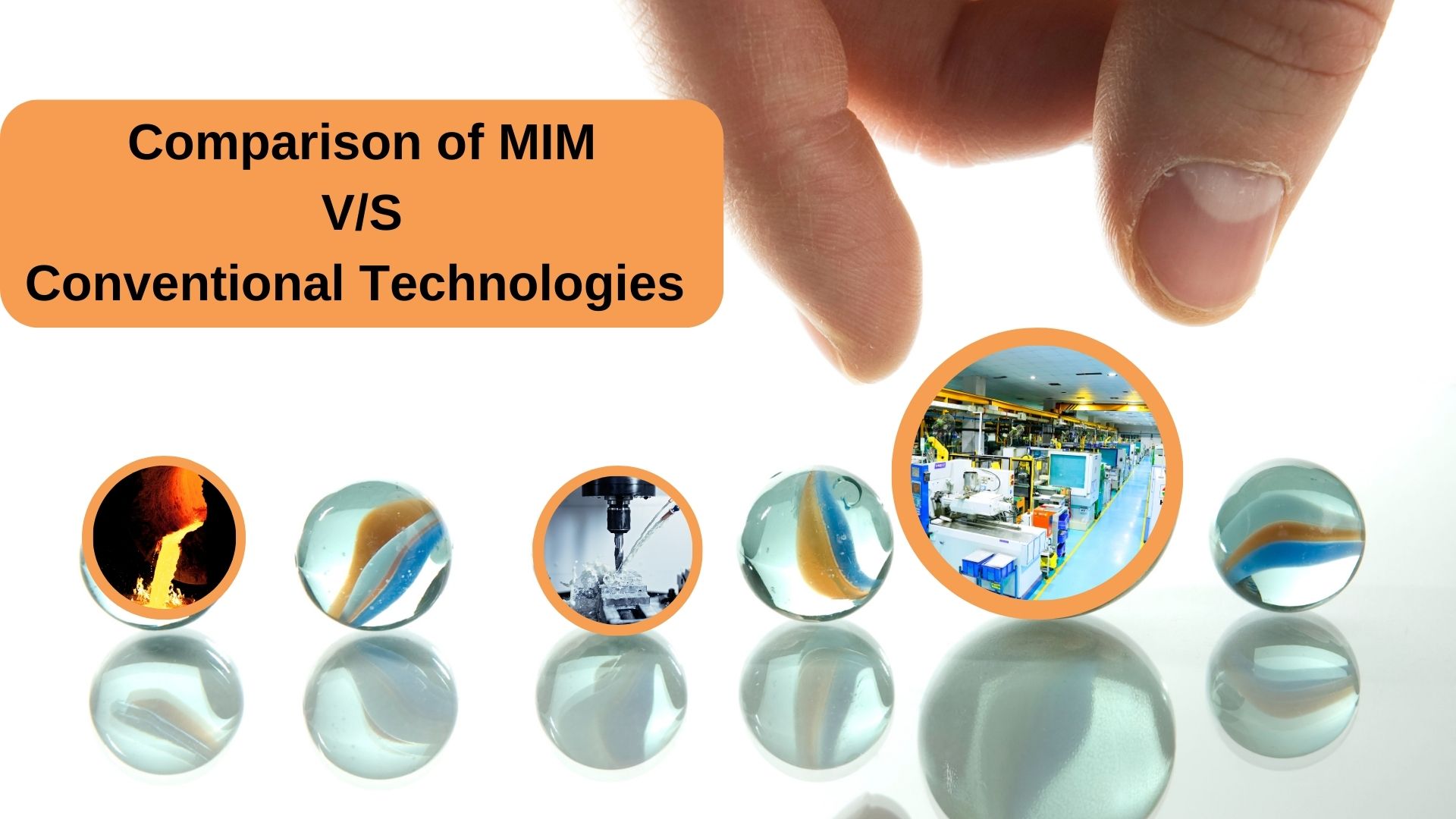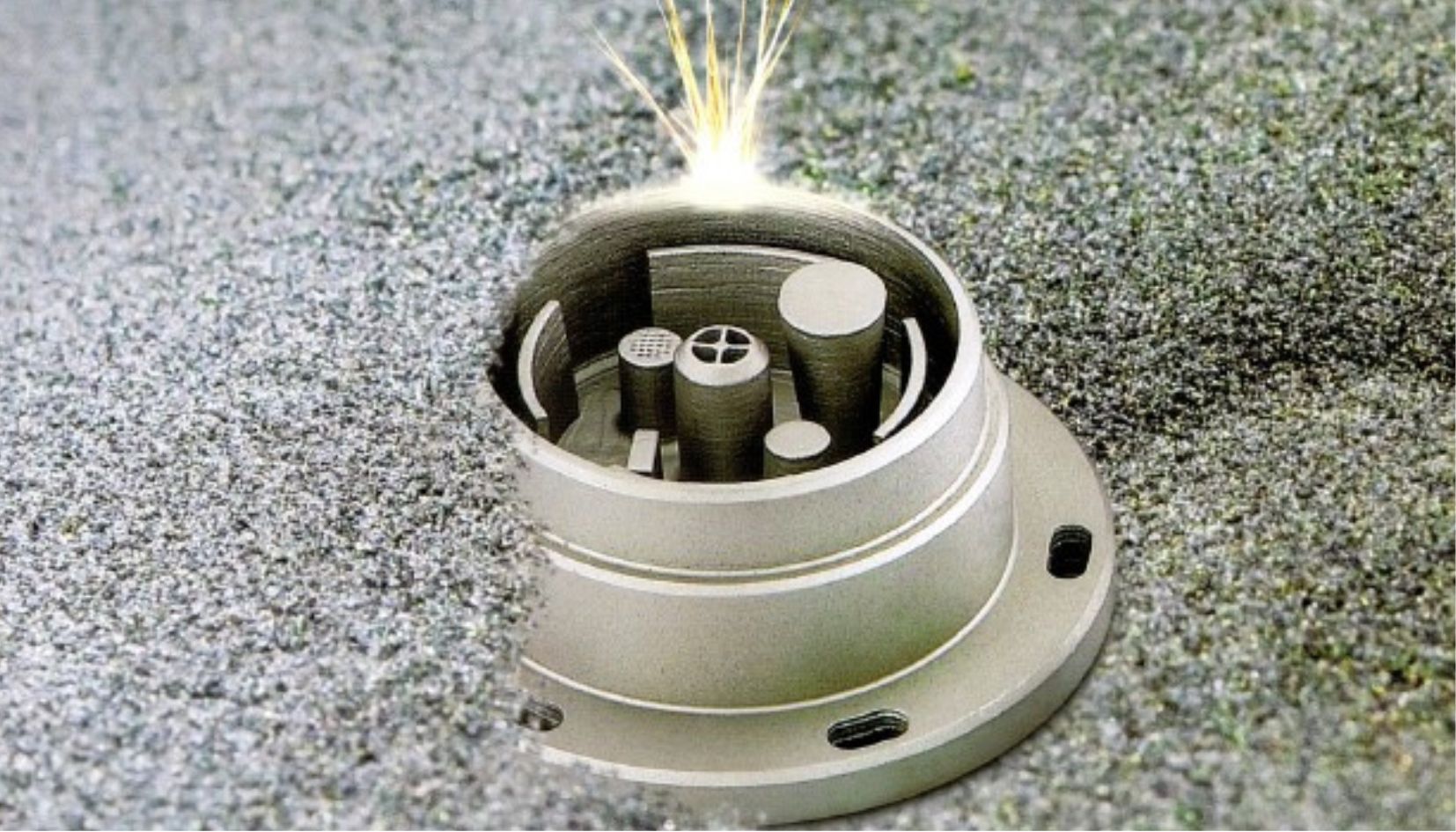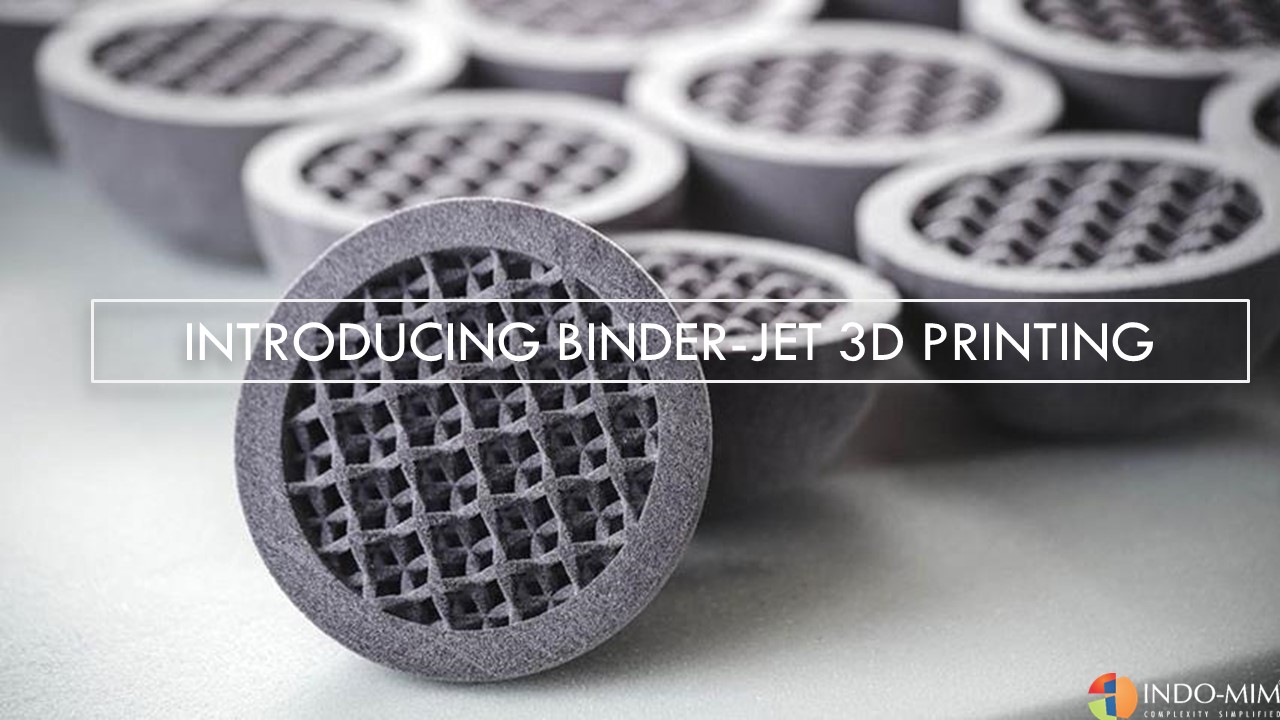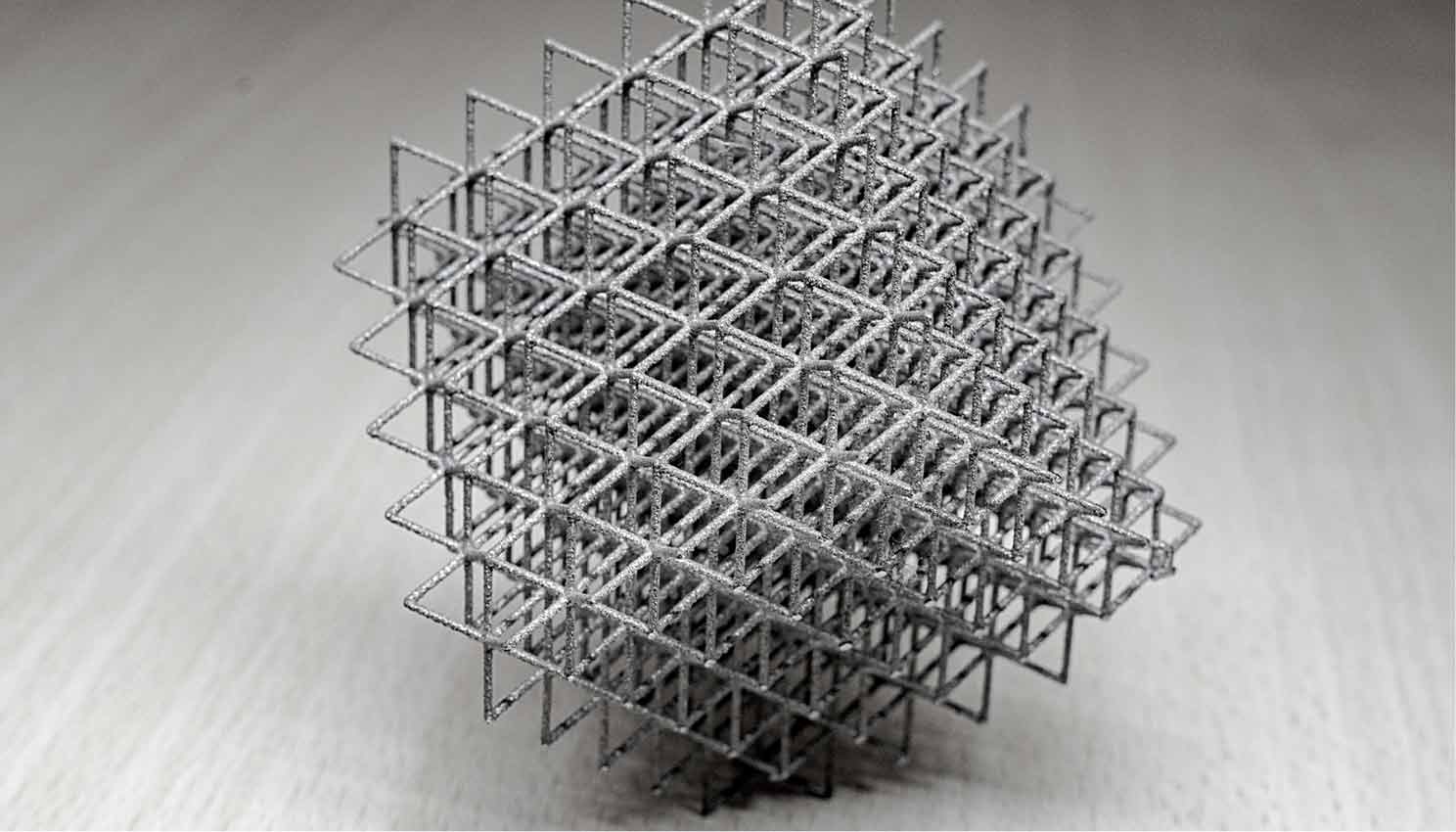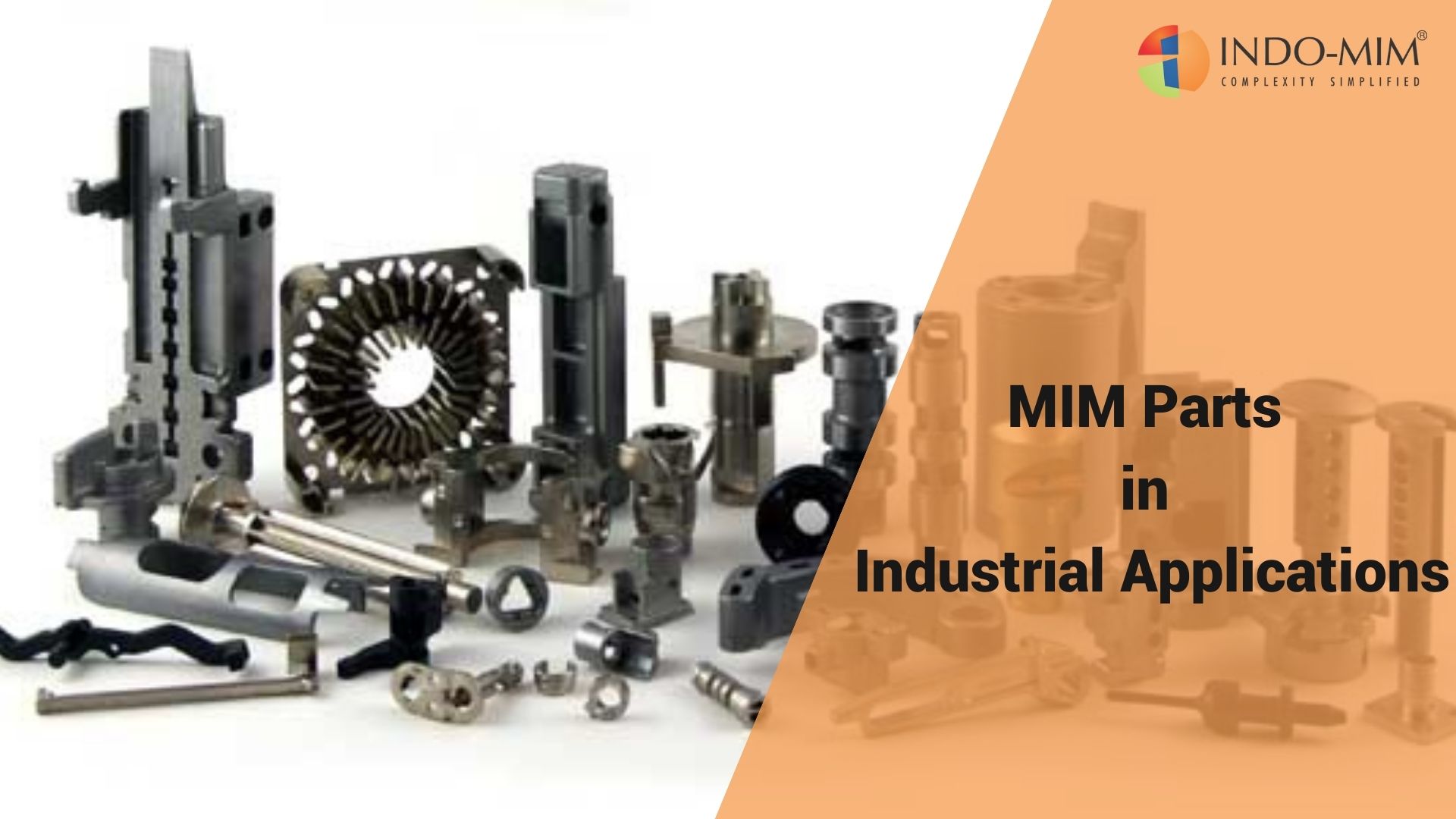Comparison of Metal Injection Molding (MIM) with Competing Traditional Metal Forming Processes
Each of the traditional Metal forming processes has specific application areas – each has its own advantages as well as its limitations. Metal Injection Molding is a near net-shape manufacturing process used to produce complex metal parts combining the design freedom of plastic injection molding with mechanical properties approaching wrought metal. But wherever a component manufacturing choice exists between MIM and one or more of the other traditional metal forming processes, following comparison will help to make the decision.
Metal Injection Molding (MIM) vs. conventional Powder Metallurgy (PM)
- MIM offers superior density, strength, ductility, corrosion resistance –better material properties
- MIM can combine two or more PM components into one, reducing part count in the assembly
- MIM can produce three dimensional geometries that eliminate secondary operations
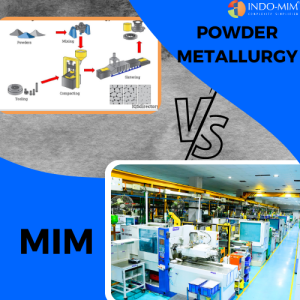
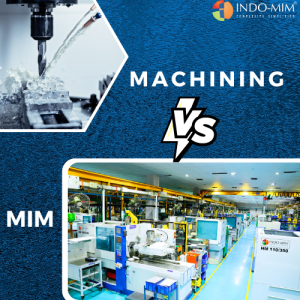
Metal Injection Molding (MIM) Vs Machining
- MIM designs have lesser material volume and weight
- MIM have zero material wastage—sprues and runners can be reground and reused as feedstock with no compromise to final properties
- All the components features from a single tool eliminates multiple set-up operations
- Difficult-to-machine materials can be molded into a net shape
Metal Injection Molding (MIM) Vs Investment Casting
- MIM can produce thinner wall sections, sharper geometries
- MIM produces better surface finish
- MIM is better for small-diameter blind and through holes
- MIM greatly reduces requirements for finish machining
- MIM produces high volumes of small components at a lower cost, faster lead time
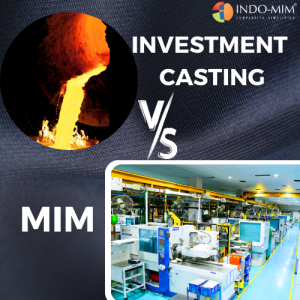
Summary:
Metal Injection Molding is a near net-shape manufacturing process used to produce complex metal parts with mechanical properties similar to wrought metal at a competitive manufacturing cost with reduced lead time.

